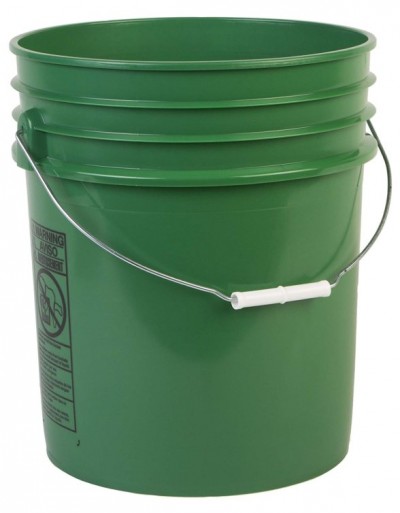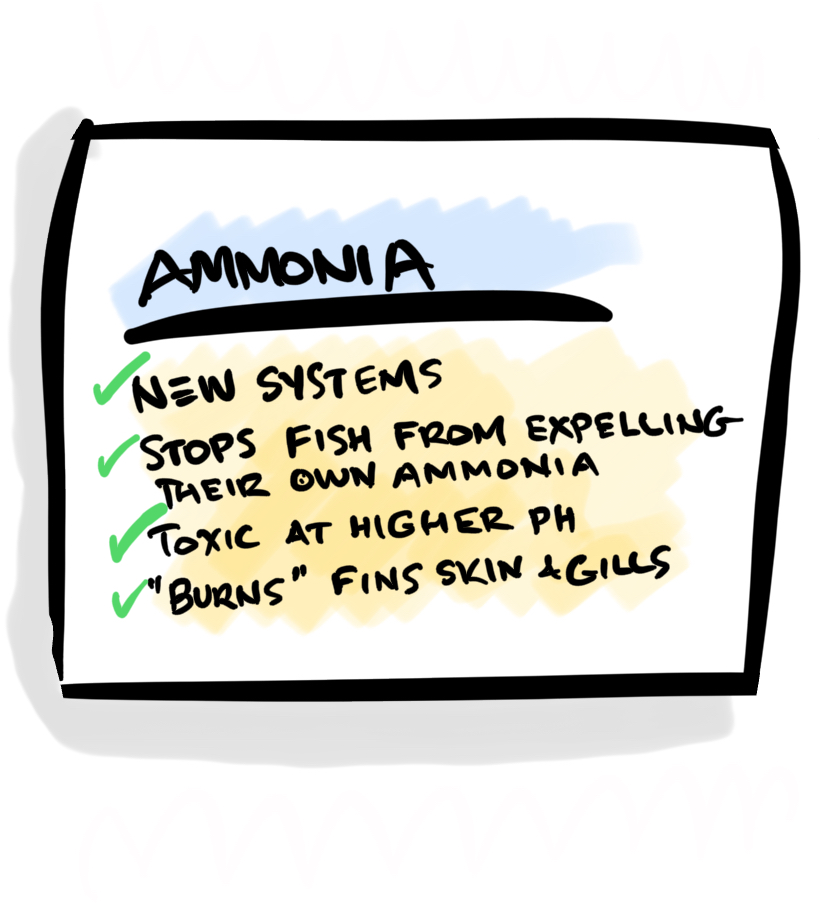If fish are suffering illness due to any obvious deterioration of water quality, you are well advised to begin a systematic daily changing of 20-40% of the total volume in the system.
There are some important points to consider before going out and wholesale changing the water.
First, make sure the water change does not radically change the temperature of the system.
Secondly, be sure that the water change does not result in truly electrolyte poor water. One test of this is the Total Alkalinity, but other salts are important as well. It might no hurt to add a teaspoon of salt per gallon of water in any major water change where live plants are not being maintained. This will ease the stress of the change on the fish and stimulate the production of a healthy, protective slime coating.
Scaleless fishes will not be harmed by that salt dose, the salt to use would be either non iodized table salt or sea salts.
The final consideration in doing daily, massive water changes, is to be sure the pH is not fluctuating wildly with each change. Does the tap water resemble the pH in the system?

As a side note, be careful about adding all sorts of fancy water conditioners to the water. For example, the product that rhymes with Press Coat is a synthetic agent that coats the fish with a protective coating. Neat. But consider that until it is reformulated, it will be a detriment because the gills are coated as well. This can complicate respiration where the gills were not functioning beautifully to begin with.

Another set of chemicals are sold to bind Ammonia. They use aldehydes to accomplish this feat. The aldehydes can accumulate and become caustic to fish if no ammonias are actually present. They are useful, but should be used sparingly and judiciously.
So, to re-cap, change 20-40% per day, watching temp and supporting Total Alkalinity and electrolytes. Consider adding a teaspoon of salt per gallon with the changes, and finally, don’t go overboard on the water conditioners.
On the long term, Constant Inflow Water Changes are a good idea. Installing a “drip irrigation system” TO a pond or tank brings SLOW inflow of new water, and a simple overflow device (overflow box) lets water leave the system. Ideally, you would replace 10-20% of the system volume per week. This is a VERY low flow taken on the 24hr x 7d cycle. No dechlorinator is needed.
The pundits will attack the assertion that ‘no dechlorinator is needed for drip irrigation water changes’ BEFORE they do any math on just how much “New” chlorinated water is in the system at any given time. (Drip Irrigation Water Changes)
Dr ErikJohnson





